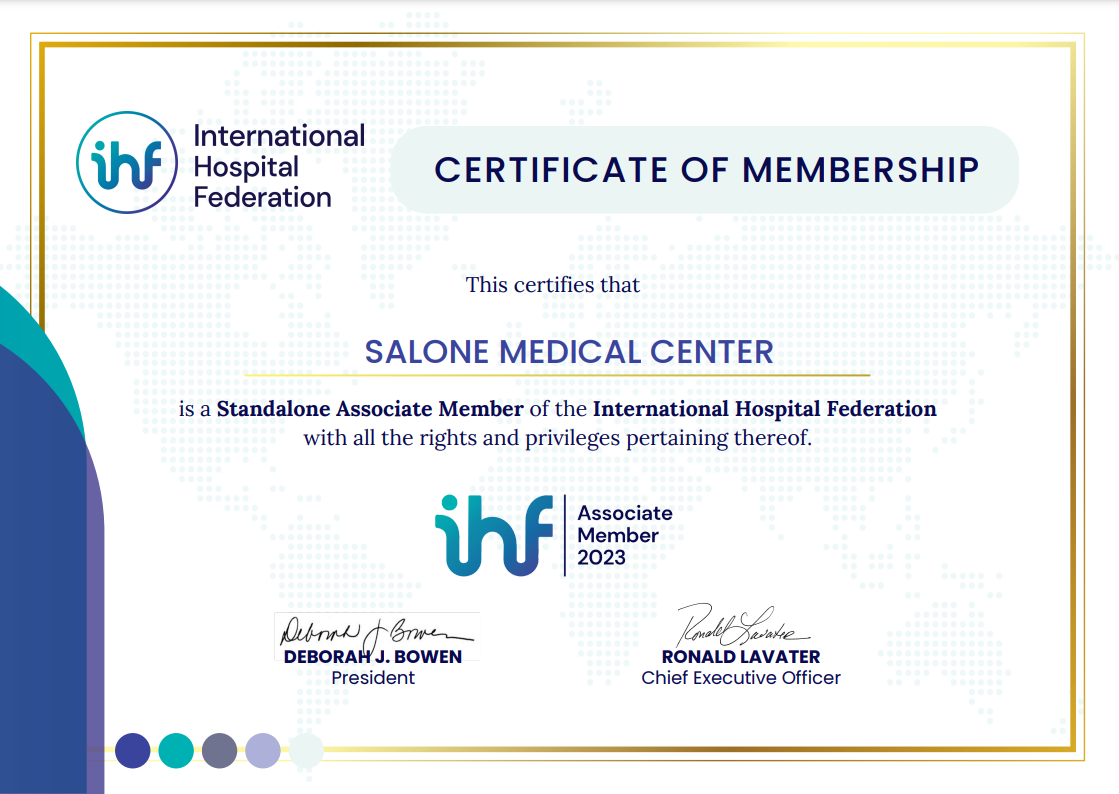
Observation, Treatment, Follow-ups
- Observation: closely monitoring a patient’s condition, symptoms, or progress over a certain period of time. This monitoring helps healthcare professionals gather information about the patient’s health status and response to treatments. Observation can involve regular physical assessments, measurement of vital signs (such as heart rate, blood pressure, and temperature), and tracking changes in symptoms. It is often used to determine whether a patient’s condition is improving, stable, or deteriorating, and guides healthcare decisions about appropriate interventions.
- Treatment: involves medical interventions and therapies aimed at alleviating symptoms, curing or managing diseases, and improving a patient’s health. Treatments can vary widely, depending on the specific condition and its severity. They may include medications, surgical procedures, physical therapies, lifestyle changes, dietary modifications, and more. The goal of treatment is to address the underlying cause of the medical issue and enhance the patient’s overall well-being. Treatment plans are often customized based on the individual patient’s needs, medical history, and specific diagnosis.
- Follow-ups: subsequent appointments or visits that a patient has with a healthcare provider after an initial assessment or treatment. These appointments serve several purposes:
- Monitoring: Follow-up visits allow healthcare professionals to monitor the patient’s progress, evaluate the effectiveness of treatments, and make any necessary adjustments.
- Assessment: During follow-ups, healthcare providers can assess whether the patient’s condition has improved, worsened, or remained stable.
- Communication: Follow-up appointments provide an opportunity for patients to discuss any new symptoms, concerns, or questions with their healthcare provider.
- Guidance: Healthcare providers can offer guidance on ongoing care, lifestyle modifications, medication management, and preventive measures.
- Prevention: Follow-ups are also important for preventive care, such as cancer screenings, vaccinations, and routine health check-ups.
The frequency of follow-up appointments depends on the nature of the condition, the recommended treatment plan, and the patient’s response to treatment. Follow-ups play a crucial role in ensuring that patients receive appropriate ongoing care and support to achieve the best possible outcomes.
In summary, observation involves closely monitoring a patient’s condition; treatment encompasses medical interventions to improve health; and follow-ups involve subsequent appointments to assess progress and provide ongoing care. All three elements are essential components of comprehensive medical care.


